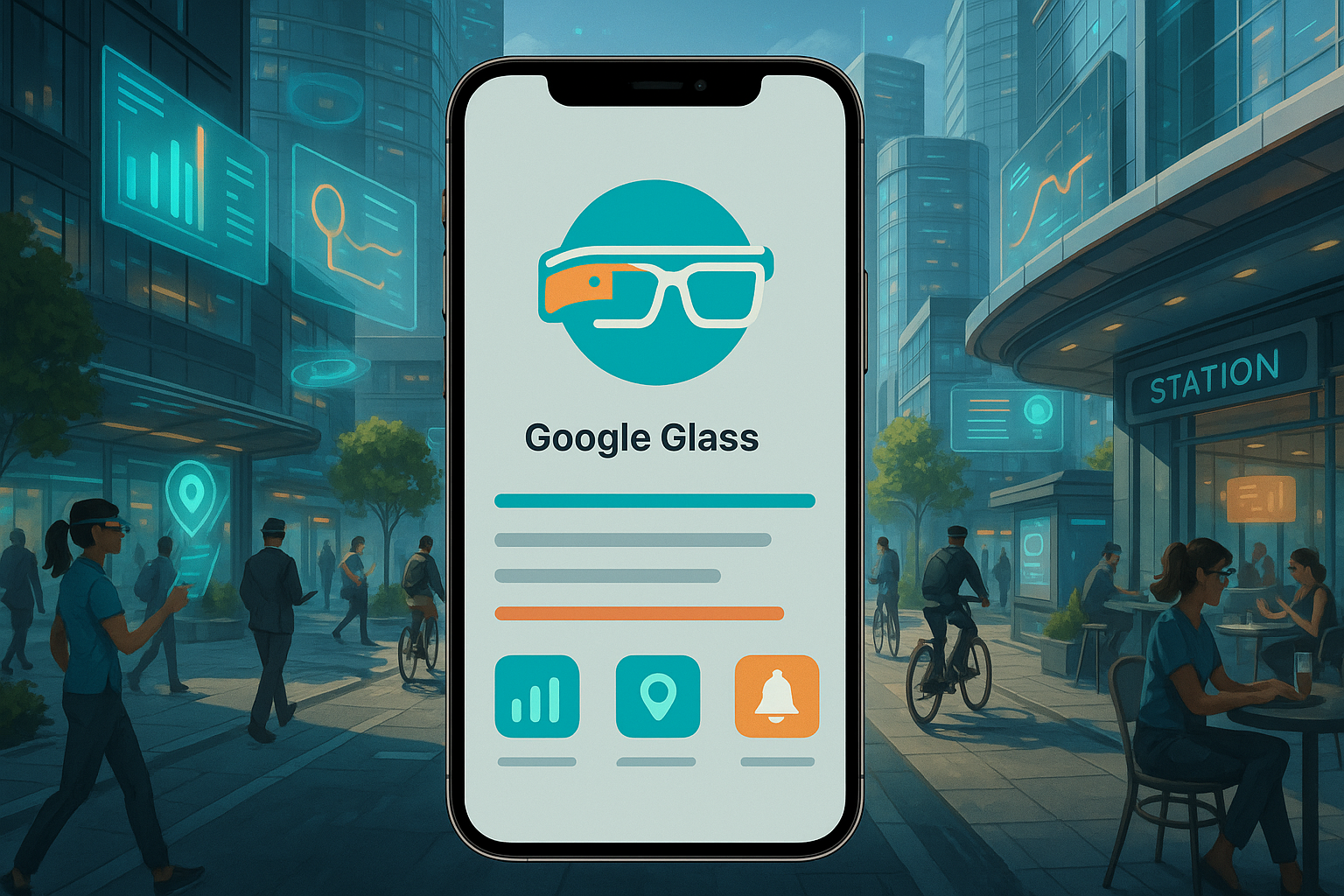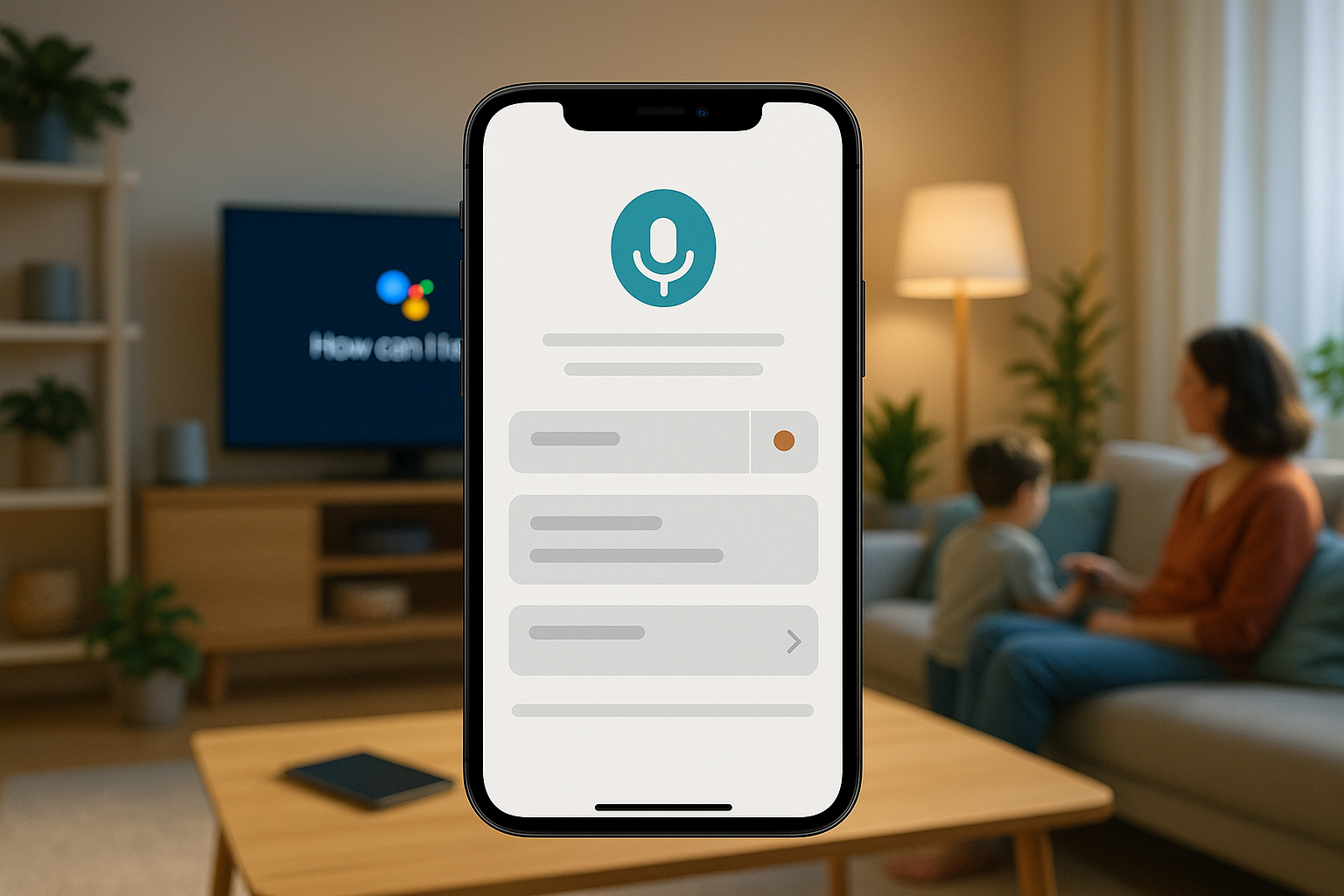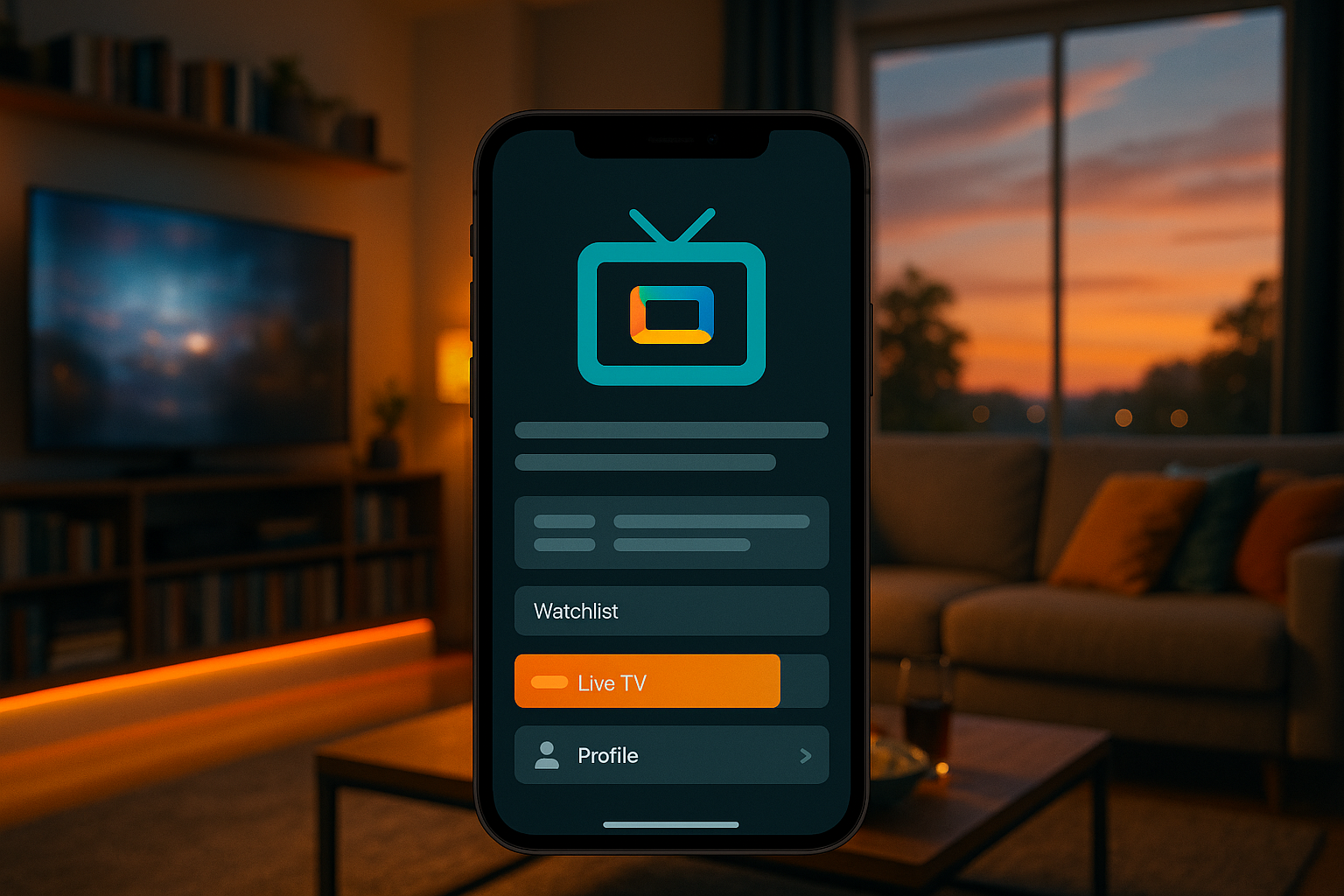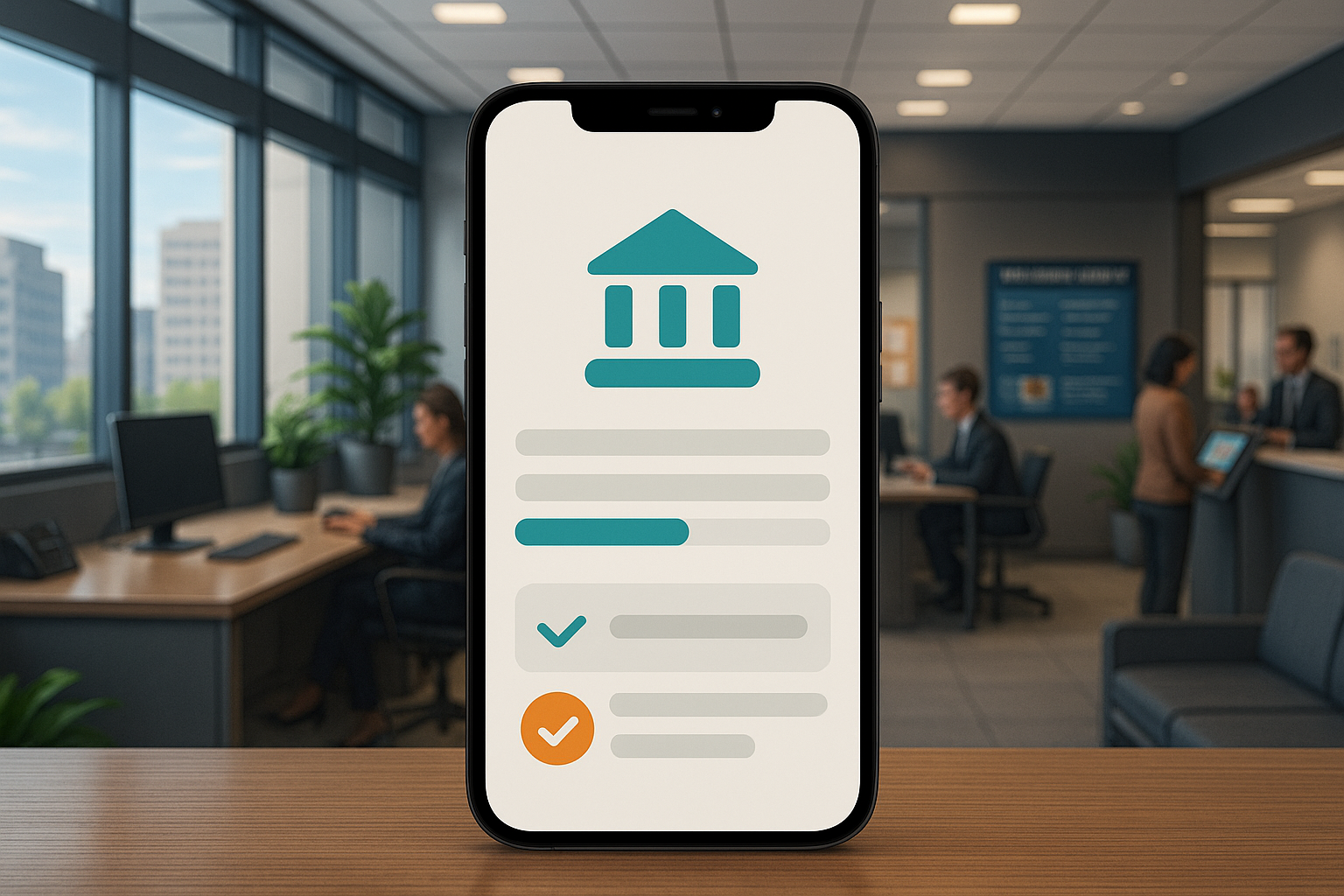Introduction
The concept of Google Glass has always been captivating: a wearable device that delivers information directly into your line of sight, seamlessly blending the digital and physical worlds. For businesses and innovators, this presents a tantalizing opportunity to create applications that offer unparalleled convenience and utility. However, the path from a great idea to a functional, user-friendly Google Glass app is fraught with technical and strategic challenges. Developing for this unique platform requires more than just standard app development knowledge; it demands a deep understanding of its specific hardware limitations, network instabilities, and data processing requirements.
Creating an app that can provide information instantaneously on-screen is a significant undertaking. It requires advanced image recognition capabilities and the ability to handle massive amounts of data in real-time. Compounding this, the hardware itself can be unreliable, with documented issues like sudden restarts, while network connectivity can be spotty, leading to failed image transmissions and lost connections. These hurdles can quickly overwhelm even experienced in-house development teams.
This article serves as a comprehensive guide to navigating the world of Google Glass app development. We will explore what defines a Google Glass app, delve into the specific reasons why development is so challenging, survey the different types of applications possible, and provide insight into development costs. Most importantly, we will introduce you to the top companies that can help bring your vision to life. As a leading US AI-powered app development firm, we at MetaCTO are experts in this space. We will show you how our specialized skills in AI Development and mobile strategy can overcome the obstacles of Google Glass integration and turn your innovative concept into a successful product.
What is a Google Glass App?
At its core, a Google Glass app is a software application designed specifically for the Google Glass wearable computing device. Unlike a smartphone app that exists on a handheld screen, a Glass app presents information within the user’s field of vision, aiming for an “at-a-glance” experience that is both immediate and contextually relevant. The fundamental goal is to deliver user-friendly information instantaneously, allowing users to access digital content and services without pulling out their phones.
The functionality of these apps is directly tied to the unique capabilities and constraints of the Glass platform. Development must account for a hands-free user interface, often controlled by voice commands, head movements, or a small touchpad on the side of the device. This interaction model is fundamentally different from the touch-centric world of mobile phones and requires a complete rethinking of user experience (UX) and user interface (UI) design.
The range of what a Google Glass app can do is broad and imaginative, spanning numerous industries and use cases. Based on concepts that have been developed, these apps can be categorized by their purpose:
- Utility and Productivity: Apps like Hands-Free Grocery Apps display shopping lists in the user’s view, while Flight Safety-Enhancing Glasses could provide pilots with critical data overlays. These applications focus on providing practical, real-time information to streamline tasks.
- Augmented Reality (AR) and Information Overlay: AR Money Management Apps could visualize spending habits, and Brand-Recognizing Eyewear could identify logos and provide product information on the spot. These apps leverage image recognition to overlay digital information onto the physical world.
- Health and Wellness: Eyeglass Fitness Apps can track workouts and display stats without interrupting an activity. Positivity-Encouraging Involvement Apps and Emotion-Recognizing Smart Glasses explore the potential for technology to influence and understand human emotional states.
- Entertainment and Social Experience: Applications for Virtual Reality Movie Trailers offer immersive promotional content, while Charitable Journey-Sharing Glasses could allow users to broadcast their experiences for a cause.
To make these concepts a reality, a Google Glass app must overcome the inherent technical challenges of the platform. Successful apps are those that can process and display large volumes of data instantly, often relying on sophisticated image recognition, all while operating within the tight constraints of the device’s hardware and potentially unreliable network connection.
Reasons That It Is Difficult to Develop a Google Glass App In-House
Embarking on Google Glass app development with an in-house team can seem like a logical first step, but it often conceals a minefield of specialized challenges that are distinct from traditional web or mobile app development. The platform’s unique nature demands a combination of hardware knowledge, network optimization skills, and strategic product thinking that most internal teams are not equipped to handle.
Hardware and Network Limitations
The physical device and its connection to the internet are the most immediate and significant hurdles. Surveys of the Google Glass experience revealed a pattern of frustrating technical failures that developers must build resilience against. These are not simple bugs but foundational instabilities.
- Sudden Restarts: One of the most disruptive issues is the tendency for the hardware to restart unexpectedly. For an in-house developer, this means an application must have robust state management to recover gracefully without losing user data or context. For the user, it means a broken and unreliable experience. Building software that can anticipate and mitigate the impact of its own hardware failing is a complex, low-level engineering task.
- Network Unreliability: The challenges extend to connectivity. Failures in transmitting images and frequent lost connections were commonly reported. Since many compelling Glass use cases, such as brand recognition or facial scanning, rely on sending image data to a server for processing, this unreliability strikes at the core of the app’s functionality. An in-house team would need to implement sophisticated caching mechanisms, data compression algorithms, and queuing systems to handle intermittent connectivity, adding significant complexity and development time to the project.
Intense Data Handling and Processing Demands
Google Glass applications that deliver on the promise of instantaneous, intelligent information must process a tremendous amount of data. This presents two major difficulties.
- Heavy Data Throughput: The platform must be able to handle a lot of data to power its on-screen displays. This is especially true for apps that provide real-time overlays or stream information.
- Advanced Image Recognition: The most compelling app concepts, such as revealing face scanners or brand recognizers, require “improved image recognition capabilities.” This isn’t just a matter of integrating an off-the-shelf API. It often means developing or fine-tuning machine learning models that are efficient enough to provide results in milliseconds. This requires specialized expertise in AI and ML, skills that are often scarce and distinct from general app development. An in-house team without a dedicated data science division would struggle to build and optimize these essential components.
The Redundancy and User Experience Dilemma
Beyond the technical hurdles lies a critical strategic challenge: justifying the app’s existence on Glass in the first place. The reality is that for many tasks, a user’s smartphone is a more powerful and reliable tool.
Everything Google Glass might be able to do, a wearer’s Android phone will do better, particularly given the assumption that Google Glass will be intended for periodic rather than constant use.
This fact highlights the core product strategy problem. If a Google Glass app merely offers services already available on a smartphone, it provides little value and is unlikely to gain traction. The experience must be uniquely suited to the wearable, hands-free format. It should complement the mobile experience, not poorly duplicate it. Answering the question, “Why should the user do this on Glass instead of their phone?” requires deep strategic thinking, user research, and UX expertise tailored to wearable technology. This is often where an experienced agency can provide the most value, preventing companies from investing heavily in a product that fails to find its audience.
Different Types of Google Glass Apps
The potential for Google Glass has inspired a wide array of application concepts across various sectors. While the platform is niche, the ideas developed for it showcase a future where information is seamlessly integrated into our daily lives. These concepts generally fall into categories of practical assistance, augmented reality, health, and entertainment.
Below are some of the innovative types of Google Glass apps that have been conceptualized:
- Eyeglass Fitness Apps: Imagine running or cycling while your speed, distance, and heart rate are displayed in the corner of your vision, eliminating the need to check a watch or phone.
- AR Money Management Apps: By looking at a product, you could see its price, your budget for that category, and how the purchase would impact your financial goals, all visualized through an augmented reality interface.
- Charitable Journey-Sharing Glasses: A powerful tool for activism and fundraising, allowing users to live-stream their experiences from a first-person perspective to raise awareness and donations for a cause.
- Flight Safety-Enhancing Glasses: For pilots, these apps could overlay critical flight data, checklists, and navigation information onto their view, improving situational awareness and reducing workload.
- Head-Tilting Smartglasses Apps: Some concepts use novel input methods, where tilting your head could navigate menus or interact with notifications, offering a truly hands-free experience.
- Positivity-Encouraging Involvement Apps: These apps could analyze your surroundings or calendar and suggest small, positive actions, such as complimenting a colleague or taking a short walk.
- Emotion-Recognizing Smart Glasses: Using a camera and AI, these apps could offer real-time feedback on the emotional cues of people you are interacting with, a potential aid for individuals on the autism spectrum or in professional training scenarios.
- Virtual Reality Movie Trailers: An immersive way to experience promotional content, placing the user directly inside a short, 360-degree scene from an upcoming film.
- Brand-Recognizing Eyewear: By simply looking at a company logo, the app could pull up relevant information, from stock prices to recent news or product catalogs.
- Revealing Face Scanner Apps: A more futuristic and controversial concept, these apps could potentially identify individuals and pull up public social media or professional information.
- Hands-Free Grocery Apps: Your shopping list appears in your field of view, letting you tick off items with a voice command or gesture as you place them in your cart, leaving your hands free.
These examples demonstrate that the true power of Google Glass lies in creating context-aware applications that provide tangible benefits precisely when and where they are needed, without the friction of a traditional handheld device.
Cost Estimate for Developing a Google Glass App
Determining a precise cost for a Google Glass app is notoriously difficult, a fact reflected even in Google’s own initial calculations for the device. When setting the original price for Google Glass, it was acknowledged that while hardware and manufacturing costs could be itemized, the “costs for software were harder to quantify.” This difficulty stems from the fact that software development isn’t about a bill of materials; it’s about investing time, expertise, and strategic thinking into solving complex problems.
The primary factors that drive the cost of a Google Glass app are:
- Complexity and Features: A simple app that displays a static list will be exponentially cheaper than a complex app that relies on real-time image recognition, AI processing, and integration with multiple third-party APIs.
- AI and Machine Learning Integration: Features like emotion recognition or brand identification require significant investment in developing, training, and deploying machine learning models, which demands specialized and costly talent.
- Integration with Existing Systems: Connecting the Glass app to your existing mobile app, CRM, or other backend systems adds layers of complexity that increase development time and cost.
- The Development Partner: The cost is heavily influenced by the team you choose to build the app. Hourly rates for developers and agencies can vary dramatically based on location, experience, and specialization.
The hourly rates for development companies offering Google Glass services span a wide spectrum. Based on verified company data, these rates can be broken down into several tiers:
- < $30/hour: Typically offered by firms in regions with lower labor costs.
- $30 - $70/hour: A common range for many experienced development agencies around the world, including in the US, Europe, and Asia.
- $70 - $150/hour: Often charged by agencies with specialized expertise, deep portfolios, or those located in high-cost tech hubs.
- $250+/hour: Premium rates usually reserved for elite consultancies or highly specialized development firms.
A basic proof-of-concept app might take a few hundred hours, while a sophisticated, AI-powered, commercially-ready application could easily require several thousand hours of work. Therefore, a rough cost estimate could range from $15,000 for a very simple prototype to well over $250,000 for a feature-rich, robust application built by a top-tier firm. The key is to partner with a team that can provide a detailed project scope and a transparent estimate based on your specific requirements.
Top Google Glass App Development Companies
Choosing the right development partner is the single most critical factor in the success of a Google Glass project. You need a team that not only has the technical prowess to code for the platform but also the strategic vision to design a compelling user experience and navigate the device’s inherent limitations. The industry includes 351 handpicked companies offering these services. Below is a list of top, verified companies that provide Google Glass development, starting with our own expert team at MetaCTO.
MetaCTO: Your Premier Partner for Google Glass Integration
As a top US-based mobile app development agency, we at MetaCTO specialize in turning ambitious ideas into market-ready products. We don’t just build apps; we build businesses. Our expertise in AI-enabled design, strategy, and development makes us uniquely qualified to tackle the challenges of Google Glass. We understand that a successful Glass app is more than just code—it’s a seamless extension of your brand and a valuable tool for your users. With 20 years of experience, over 120 successful projects launched, and a 5-star rating on Clutch, we have the track record to prove it. Our services, like our Rapid MVP Development, are designed to get your product to market quickly and efficiently.
Other Leading Google Glass Development Companies
Here are some other verified companies from around the globe that have demonstrated expertise in Google Glass development:
| Company | Location | Key Services / Specialization | Hourly Rate |
|---|---|---|---|
| MetaCTO | United States | AI-enabled mobile app design, strategy, and development; experts in integrating Google Glass in any app; Mobile App Development. | Contact for details |
| TechGropse Pvt. Ltd. | Atlanta, United States | Mobile App Development, Web Development, Custom Software Development | $30-70/h |
| Newwave Solutions | Hanoi, Vietnam | Google Glass services, Web Design, Custom Software Development | $30-70/h |
| Silicon Design Studio | Texas, United States | Google Glass services, Mobile App Development, Wearable App Development | $30-70/h |
| MoogleLabs | California, United States | AI/ML, Blockchain, DevOps, Metaverse, Google Glass services | $30-70/h |
| HyperSense Software | Schaumburg, United States | Google Glass services, Custom Software Development, Web Development | $70-150/h |
| AppsNation LLC | California, United States | Mobile, web, AR/VR, and game development, Google Glass services | $30-70/h |
| DeviceBee Technologies | Dubai, UAE | Mobile App Development, Artificial Intelligence, Google Glass services | $70-150/h |
| Vinsys IT | Pune, India | Corporate Training, Cybersecurity, Google Glass services | $30+/h |
| Fire Bee Techno | Madurai, India | Blockchain, AI Development, Google Glass services | $30-70/h |
| Magora | London, UK | Product development, Web Development, Mobile App Development, Google Glass | $30-70/h |
| Arbisoft | Plano, United States | Custom Software Development, Mobile App Development, Google Glass | $70-150/h |
| VOLO | Yerevan, Armenia | Custom Software Development, Mobile App Development, IT Staff Augmentation | $30-70/h |
| EPlanet Global | Salt Lake City, US | BPO and IT, IT Strategy Consulting, BI & Big Data Consulting | Not revealed |
Why Integrating Google Glass with Your Mobile App is a Challenge (And How We Can Help)
The biggest mistake a company can make with Google Glass is treating it as a smaller smartphone. The true challenge of integration isn’t just technical; it’s strategic. As noted, a smartphone will almost always perform a standard task better than Glass. Therefore, simply porting mobile app features to Glass is a recipe for a clunky, redundant, and ultimately useless application. The integration must be thoughtful, purposeful, and designed exclusively for the unique context of wearable, at-a-glance interaction.
This is where hiring an expert development agency like MetaCTO becomes a strategic advantage. We don’t start with code; we start with a conversation. Our process is built to de-risk your investment and ensure the final product has a clear purpose and a high chance of success.
Our approach begins with Validation and a Product Strategy Roadmap. We work with you to answer the critical questions first:
- What specific user problem does the Glass app solve that the mobile app cannot?
- What information is so critical that it needs to be seen hands-free, in the moment?
- How will the Glass experience and mobile experience complement each other to create a single, cohesive ecosystem?
By defining this strategy upfront, we prevent you from spending resources on an application that users don’t need. Furthermore, our deep expertise in AI Development directly addresses the core technical demand of Google Glass for improved image recognition. We have the capability to build the custom, efficient machine learning models required to power the intelligent features that make a Glass app compelling.
Hiring us means you are not just getting developers. You are getting a fractional CTO, a product strategist, and a team with two decades of experience in launching successful tech products. We transform the daunting task of navigating niche hardware and complex integrations into a clear, manageable path forward.
Conclusion
Google Glass app development represents a frontier of user interaction, offering the potential to create truly innovative and helpful applications. However, this potential is guarded by significant challenges, from unreliable hardware and networks to the immense data processing required for instantaneous on-screen information. Furthermore, the strategic imperative to create an experience that justifies its existence alongside a powerful smartphone cannot be overstated.
Throughout this guide, we have explored the landscape of Google Glass development, covering what defines these unique apps, the hurdles of in-house development, the diverse range of application types, and the factors that influence cost. We also highlighted some of the top companies capable of navigating this complex field.
The key takeaway is that success in this space requires more than just technical skill; it requires a strategic partner who can guide you from concept to launch and beyond. At MetaCTO, we provide precisely that. Our proven process, which emphasizes strategy and validation before a single line of code is written, and our deep expertise in both AI and custom mobile app development, make us the ideal partner to bring your Google Glass vision to life. We handle the complexities so you can focus on your business.
Ready to explore how Google Glass can extend your product’s reach? Talk with a Google Glass expert at MetaCTO today to integrate this innovative technology into your product.






